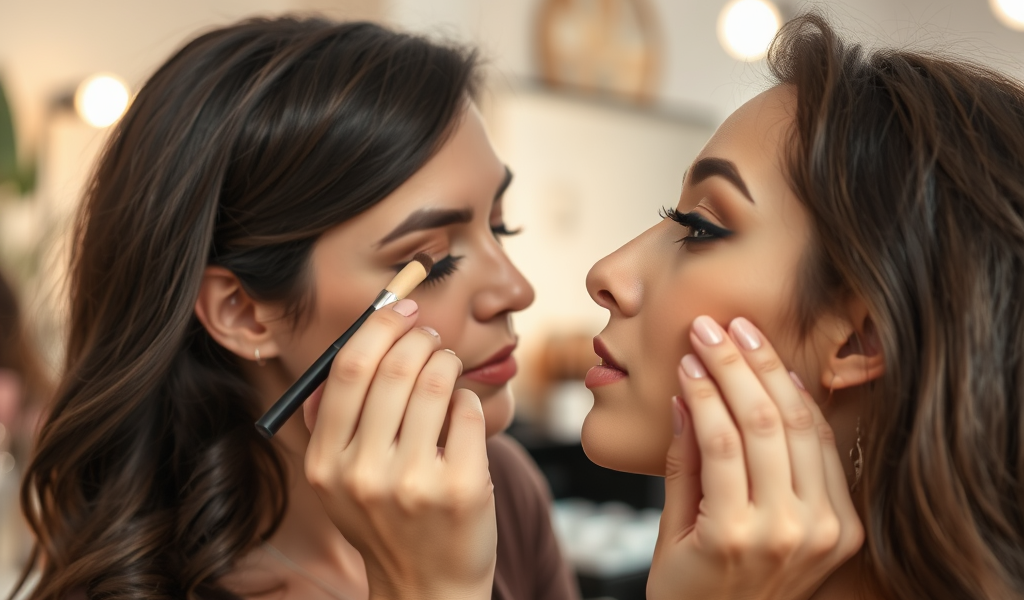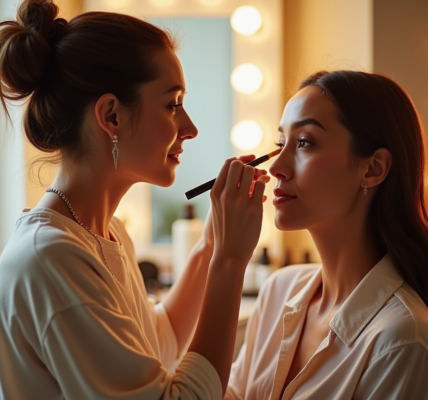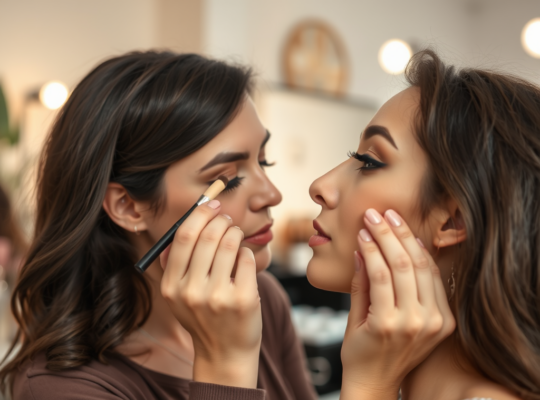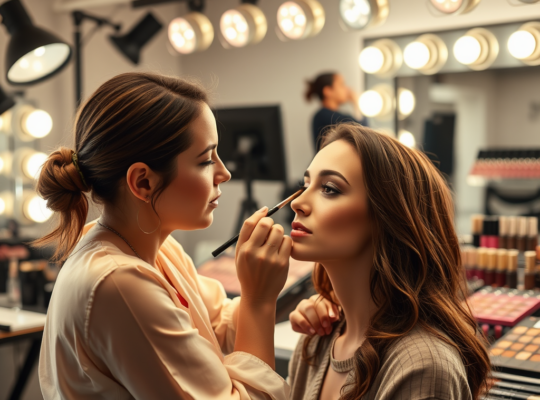Makeup has a transformative power that extends far beyond aesthetics; it can boost confidence and illuminate one’s unique beauty. Among the myriad products that populate the makeup aisle, concealer stands out as a small yet mighty tool in every beauty enthusiast’s arsenal. It is often the unsung hero of polished makeup looks, masterfully covering blemishes, dark circles, and other imperfections. However, a common question emerges: should concealer be applied before or after foundation? This debate has sparked curiosity and discussion, making it essential to understand the role of concealer in the makeup application process. In this article, we will explore its purpose, application techniques, and how to achieve a flawless finish, tailored to your skin type and preferences.
What is Concealer?
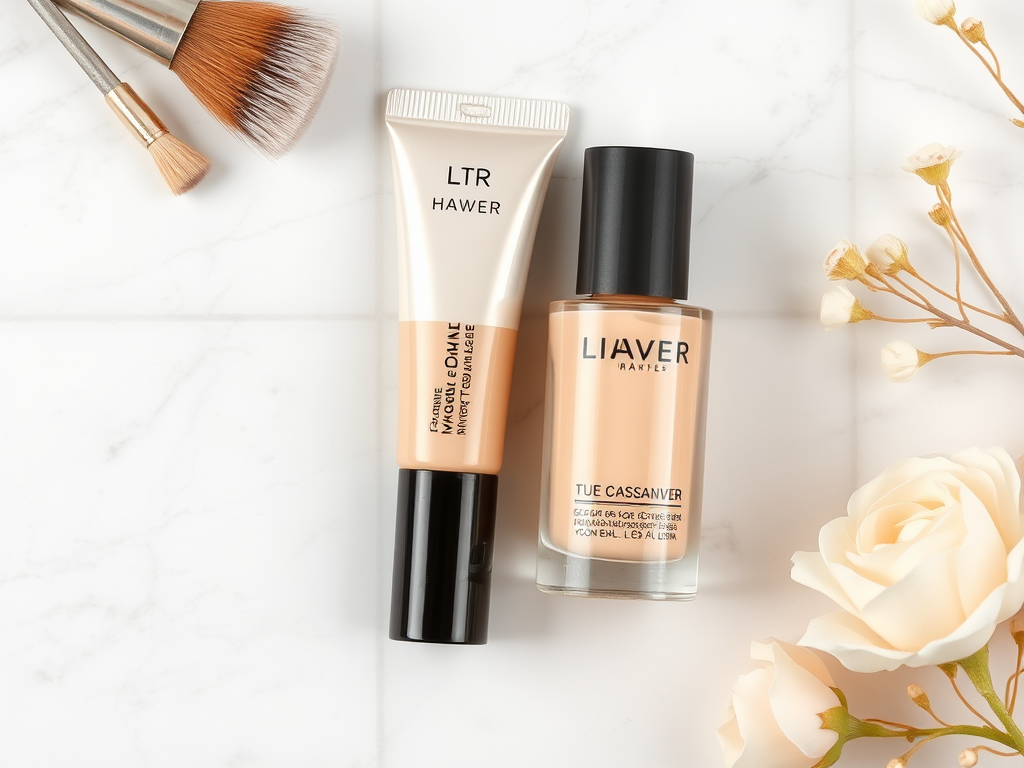
Concealer is a highly pigmented cosmetic product designed to mask imperfections on the skin. Unlike foundation, which provides an overall coverage, concealer is targeted and often thicker in formulation. There are various types of concealers available, ranging from cream and liquid to stick and pot forms. Each type serves a distinct purpose based on the specific needs of the skin. Here are a few key functions of concealer:
- Hides blemishes and discoloration
- Brightens under-eye areas
- Contours and shapes facial features
Ultimately, concealers allow for customization in makeup looks, making them indispensable for creating a flawless complexion.
The Purpose of Foundation

Foundation serves as the base upon which all other makeup is applied. Its primary purpose is to create an even canvas, enhancing the natural skin tone while minimizing imperfections. Formulations vary from light to full coverage, catering to different preferences and skin types. While foundation is typically applied to the entire face, concealer is concentrated on specific areas. This complementary relationship means that foundation can enhance the performance of concealer, allowing for a seamless blend. Below are a few popular foundation types:
- Liquid Foundation
- Cream Foundation
- Powder Foundation
When used in harmony, foundation and concealer can deliver stunning results, but the sequence of application remains a contentious topic.
The Great Debate: Before or After Foundation?
The question of whether to apply concealer before or after foundation is one that stirs considerable debate among makeup artists. Proponents of applying concealer first argue that this approach enhances blending and coverage. By treatment areas with concealer first, the foundation can subsequently soften the edges, yielding a more natural look. Conversely, those who advocate for applying concealer after foundation argue that the even base created by foundation may reduce the necessity for concealer, preventing a heavy or cakey appearance.
Arguments for Applying Concealer Before Foundation
Applying concealer before foundation can be an excellent technique for achieving flawless coverage. This method allows for targeted coverage on specific areas of concern, leading to a more polished look. Below are some compelling reasons to consider this approach:
- Coverage and Blending: Applying concealer first enables deep blending into the skin, making imperfections less visible.
- Spot Treatment: It allows for precise targeting of blemishes or dark spots without muddying the overall makeup.
- Custom Coverage: Adjusting the concealing process before foundation ensures that particular areas can receive the appropriate amount of product.
Arguments for Applying Concealer After Foundation
On the other hand, many beauty enthusiasts swear by applying concealer after foundation. This method capitalizes on the beauty of a well-prepared base. Here are some reasons to consider this approach:
- Natural Look: Foundation helps create a balanced canvas, which may mean that less concealer is necessary.
- Reduced Cakiness: This approach can help to prevent heavy or cakey appearances that sometimes arise from layering too many products.
- Simplified Application: Fewer steps in application can lead to quicker makeup routines, especially for beginners.
| Application Order | Benefits | Drawbacks |
|---|---|---|
| Concealer Before Foundation | Enhanced coverage, targeted application | Can lead to excessive product use |
| Concealer After Foundation | Natural appearance, less product needed | May require touch-ups |
Alternative Techniques: The Hybrid Method
For many, a hybrid approach provides the ultimate solution. This technique involves using both methods strategically depending on the desired look. For instance, one might apply concealer to noticeable blemishes and first-layer under-eye areas before applying foundation. Then, after assessing the coverage, additional concealer can be layered on for touch-ups. This flexible approach makes it possible to achieve that coveted flawless finish with a unique twist!
Considerations for Different Skin Types
Understanding your skin type is crucial in determining the best method for applying concealer and foundation. Oily skin may require a matte finish, while dry skin often benefits from hydrating formulations. Additionally, different concerns such as redness, dark circles, or hyperpigmentation will further guide your approach. Here’s a brief list of skin-type considerations:
- Oily Skin: Choose matte foundations and lightweight, oil-free concealers.
- Dry Skin: Go for hydrating foundations and creamy concealers.
- Combination Skin: Consider using different products on varied areas of the face.
Conclusion
In the world of makeup, the order of applying concealer and foundation ultimately comes down to personal preference, product choice, and the look you desire to achieve. While both approaches offer unique advantages, the key is finding what works best for your skin type and individual needs. Whether you decide to layer concealer before or after foundation, the goal is to create a balanced, natural finish that highlights your beauty.
Frequently Asked Questions
- Can I skip foundation and just use concealer? Yes, if you prefer a lighter look or have minimal imperfections, you can opt for concealer alone.
- What type of concealer should I use? Choose a formula that suits your needs—cream for coverage, liquid for a natural finish, or stick for portability.
- How can I prevent creasing with concealer? Setting your concealer with powder and using a good primer can help prevent creasing.
- Is it okay to use the same brush for foundation and concealer? While it’s possible, using separate brushes can give you more precision in application.
- How do I choose the right shade of concealer? Look for a shade that is one or two shades lighter than your foundation for brightening effects.
